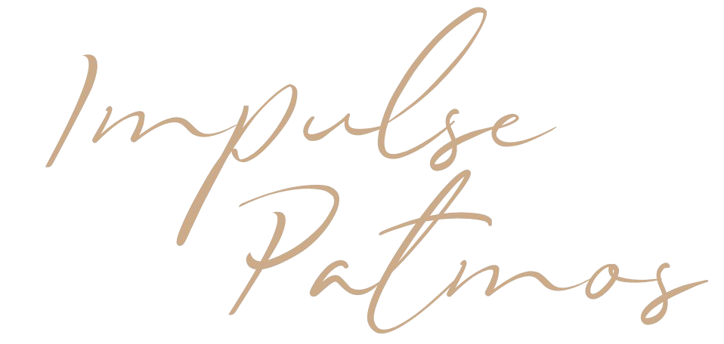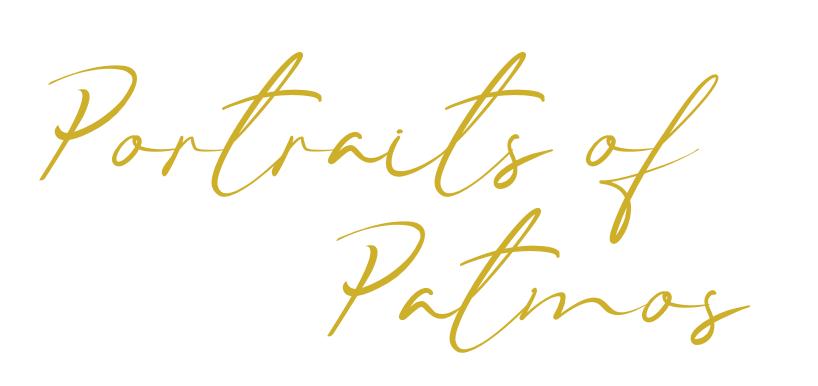Robert Lax (1915-2000) is largely overshadowed by his association with the Trappist monk and fellow convert Thomas Merton, and with the circle of Columbia University friends of the 1930s and 1940s. In “Seven Storey Mountain,” Merton characterized Lax as a prophet but “without rage,” referring to the personality of Lax: intense and fully engaged in whatever he pursued but also detached and discontent. Lax was the schemer, the dreamer, sometimes the clown, but his droll manner and long face suggested to Merton that Lax “meditated on some incomprehensible woe.”
What “woe” Lax never let on. Even today, with publication of his poetry and the appearance of biographies, articles, and interviews, Lax remains enigmatic. He became a solitary on the island of Patmos from 1964 to his death, and he never described his motives.
What we do know is now standard in many biographies. After Columbia, Lax pursued writing and editing jobs in Manhattan, but then withdrew from his circle to live in Harlem’s Fellowship House and serve the poor. He was not handy. He did not know how to use a mop. But he was seeking a purpose and was undeterred. Drifting across the continent in makeshift teaching assignments, Lax finally followed a circus in Canada, which inspired his first book of poems.
One commentator has said, “Lax could not state his bliss.” He was soon off to Europe: London, Paris, Marseilles. He was seeking his element, perhaps, among the displaced and outcast, a little reminiscent of Joyce and Beckett rather than of the Jack Kerouac he had known at Columbia. But Lax made a poor impression in France, even among the hoboes, and once stayed several days at a flophouse before realizing it was a brothel. Which reminds one of Basho’s own travels and a nearly identical “naive” experience:
Beneath the same roof
All of us sleeping
Women of the evening and myself —
Night blooming flowers and the moon.
In Marseilles, Lax hoped to run a homeless shelter but no one trusted him. Instead the sea inspired him to write more poetry, and he soon hit upon emigrating to Greece, ending on the isle of Patmos in 1964. Why Patmos? According to one interview, Lax had hung an icon of St. John the Evangelist composing the Book of Revelation or Apocalypse. Every morning, just upon awakening, the Marseilles sunlight fell auspiciously upon the painting.
The years at Patmos represent the eremitical aspirations of Lax, though he never elaborated on this enigmatic decision or described his life in terms other than his poetic art. In the book “Hermits: The Insights of Solitude,” author Peter France tried to elicit this enigmatic side of Lax but Lax reveals his reticence at every turn. For Lax, says France, “living with someone isn’t all that different from living alone.” Solitude is a practicality providing a physical context conducive to writing.
Though Lax is outgoing in correspondence and apparently so among island residents, his behavior is not intimacy.
FRANCE: If you need the solitude for most of the time, did you ever think of becoming a hermit?
LAX: That sounds to me like too much of a professional, too self-conscious a thing to do.
Lax insists upon calling himself a poet, part of a universal creative stream, with no pretensions to having a particular message for the world. Nor does he feel, unlike Merton, that solitude safeguards oneself from the false persona needed to meet social expectations. Perhaps this is the privilege of the artist as much as the hermit, but Lax insists that he has no problem with people. And they certainly crowd his daily walks and appearances in town, though one senses that the people of Patmos do not impress easily.
About solitude, Lax states,
If there weren’t any other people around, then the trees and the ants and the gazelles could help you. And if there weren’t any living creatures around then you should listen to any angel voices you can hear. … But people shouldn’t hiss at you. If you find you’re part of a community that starts to hiss at you it’s time to leave.
Another reason for hedging his eremiticism is eminently practical: Lax is not handy or self-sufficient.
My picture of what you have to do if you’re a hermit — a classical hermit — is to chop wood. I tried it once, without great success, and I don’t think that it’s the sort of challenge I’d want to respond to if I didn’t have to.
Solitude represents to Lax a functional working environment. He uses the example of the scientist pursuing a cure to benefit society. The scientist works alone, as long as it represents work, regardless of its goal, and the artist does the same. As France puts it, “the value of solitude for you [Lax] is no more than that it keeps you away from distractions,” and Lax does not disagree. Creativity justifies solitude. Solitude fosters creativity. Fifty years of solitude to produce even a crossword puzzle is still creativity and still justifies solitude, Lax insists.
Most people derive their energy and impetus from social interaction. Without people they would be goalless and without direction, since most people are not creative or productive in a meaningful and natural way. But individuals are different and will have to know themselves well enough to know what they need for solitary living. Lax jokes that they would need “a booklet of general advice for would-be solitaries.” No, he adds, “They would need an institute.”
The distinguishing mark that shows that solitude is working is “the spirit of peace,” Lax continues. The person finds perspective, grounding, equanimity. These fruits would benefit anyone, of course, but they are best discovered by solitude and appreciated in solitude.
Meditation is a definite help, adds Lax. Since he was a convert to Catholicism, Lax speaks of prayer, but acknowledges that prayer is whatever you do to get in touch with the creative in the self and in the universe. In this regard, the solitary needs no specific structure or disciplined time frame. The disposition to meditate or pray will come naturally, as the fruit of the process, of the movement, toward peace of mind and heart.
Lax touches on philosophy and spirituality by recapping the concept of self (small “s”) and Self (capital “S”). This universal experience is of what may be called God. And it usually depends not on intellectual learning but on direct experience of daily existence.
I think that here on Patmos the farmers and the fishermen have only a minimal difference between the two selves: they’re pretty close to being who they are night and day and at all times. It is only in the artificial societies where, in order to hold down jobs — even to be admitted to the intellectual schools that we have — that the surface gets all that coloration that warps the perceptions.
The more false the culture, the more psychological and spiritual problems will the average individual experience. The deep self recedes further away from consciousness as the false self is covered up layer by layer by the false culture. Asked what is this falsity, Lax replies simply: “Falsity is inappropriateness to the nature of the world or the universe.”
But Lax is an optimist. He believes that things have improved, that the consciousness of humanity has progressed among many, that as in the law of physics, the positive is the “stronger force in the universe than the negative.”
I really think that all through history most of the bad stuff quietly eliminates itself in particular form from generation to generation. It may be replaced by other bad stuff, but the fashion disappears. Whereas the good stuff renews itself.
We learn nothing else about eremiticism and Lax from other interviews, such as Steve Geogiou’s “The Way of the Dreamcatcher.” This book is a lengthy (284 pages) and wide-ranging interview with Lax as poet, artist, philosopher, and personality, but not strictly as hermit, less solitary. Lax is asked
You call yourself a hermit, yet you have chosen to live near people. You periodically mingle with society. Why?
The reply is the same offered to Peter France: time spent in writing, reading, meditating, are activities necessarily pursued alone. “I’m not self-sufficient by any means,” responds Lax, “so I do go out into the world. And I like meeting people.”
When the comparison to St. Anthony of Egypt is offered by Georgiou — of the hermit pursued by the world for advice — Lax only comments
You know, Merton said at some point that it isn’t good to try and live anonymously in a well known holy place. …
There isn’t much more about the solitary life in this interview, perhaps the last interview of Lax before he suffered ill health and returned to his hometown of Oleans, New York in 2000. The book shows an aging man full of nostalgia and old jokes, and the interviewer’s paeans occasionally embarrassing even Lax makes the tone of the interview less than constructive on the issue of solitude and the hermit life. The tone of levity and adulation in student Georgiou contrasts with Peter France the BBC journalist, who, incidentally, was scouting a home in Patmos when he discovered Lax, and subsequently wrote a book about Patmos.
Is Lax a hermit model who skirts the nuances of solitude, creativity, and reclusion? Perhaps the lesson of his life and poetry is that creativity takes many forms in humanity, and that the motives of life and the consciousness of any given person is forever enigmatic.
¶
BIBLIOGRAPHICAL REFERENCES
Among the many books, articles, and interviews, herein are mentioned only Peter France. Hermits: The Insights of Solitude. New York: St, Martin’s Press, 1996 and Steve T. Georgiou. The Way of the Dreamcatcher: Spirit Lessons with Robert Lax, Poet, Peacemaker, Sage. Mystic, CT: Twenty-third Publications, 2002.


